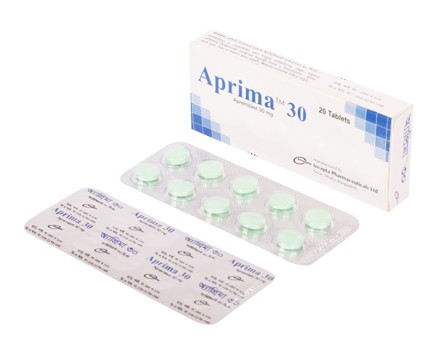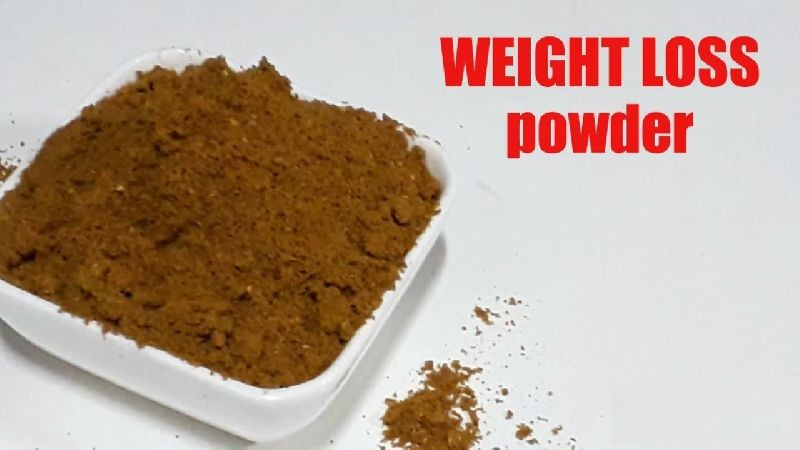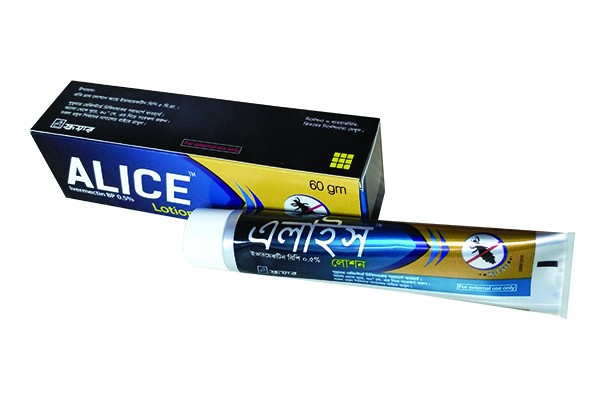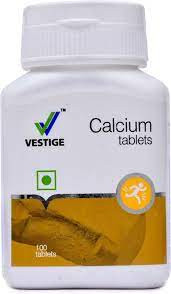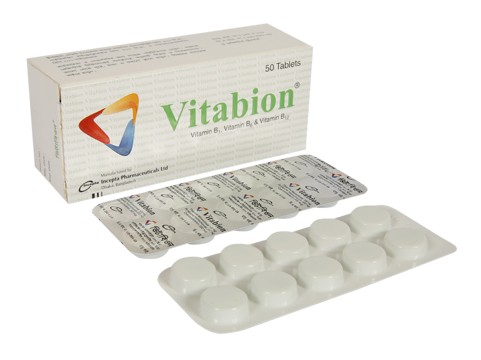DESCRIPTION
Presentation
Aprima 10 Tablet: Each tablet contains Apremilast INN 10 mg.
Aprima 30 Tablet: Each tablet contains Apremilast INN 30 mg.
Description
Apremilast is an inhibitor of phosphodiesterase 4 (PDE4) enzyme specific for cyclic adenosine monophosphate (cAMP). PDE4 inhibition results in increased intracellular cAMP levels. The specific mechanism by which Apremilast exerts its therapeutic action in psoriatic arthritis patients and psoriasis patients is not well defined.
Indications
Apremilast is indicated for the treatment of adult patients with active psoriatic arthritis and moderate to severe plaque psoriasis who are candidates for phototherapy or systemic therapy.
Dosage & Administration
The recommended initial dosage titration of Apremilast from Day 1 to Day 5 is shown below. Following the 5-day titration, the recommended maintenance dosage is 30 mg twice daily taken orally starting on Day 6. This titration is intended to reduce the gastrointestinal symptoms associated with initial therapy. Apremilast can be administered without regard to meals.
Day 1: 10 mg in morning
Day 2: 10 mg in morning and 10 mg in evening
Day 3: 10 mg in morning and 20 mg in evening
Day 4: 20 mg in morning and 20 mg in evening
Day 5: 20 mg in morning and 30 mg in evening
Day 6 and thereafter: 30 mg twice daily
Dosage adjustment in patients with severe renal impairment
Apremilast dosage should be reduced to 30 mg once daily in patients with severe renal impairment. For initial dosage titration, it is recommended that Apremilast be titrated using only the morning schedule and the evening doses be skipped.
Side Effects
The most frequently occurring side effects of Apremilast are nausea, diarrhea, and headache.
Other less frequent side effects are upper respiratory tract infection, vomiting, nasopharyngitis, abdominal pain, hypersensitivity, gastroesophageal reflux disease, dyspepsia, fatigue, decrease appetite, cough, rash, insomnia.
Precautions
Treatment with Apremilast is associated with an increase in adverse reactions of depression. Patients, their caregivers and families should be advised of the need to be alert for the emergence or worsening of depression, suicidal thoughts or other mood changes and if such changes occur to contact their healthcare provider. Prescribers should carefully evaluate the risks and benefits of continuing treatment with Apremilast if such events occur.
During the controlled period of the studies in psoriatic arthritis, weight decrease between 5%-10% of body weight was reported in 10% of subjects treated with Apremilast 30 mg twice daily compared to 3.3% treated with placebo.
Use in Pregnancy & Lactation
Pregnancy: Pregnancy Category C.
Nursing mothers: It is not known whether Apremilast or its metabolites are present in human milk; however Apremilast was detected in milk of lactating mice. Caution should be exercised when Apremilast is administered to a nursing woman.
Usage in Pediatric Patients
The safety and effectiveness of Apremilast in pediatric patients less than18 years of age have not been established.
Drug Interaction
Co-administration of strong cytochrome P450 enzyme inducer, rifampin, resulted in a reduction of systemic exposure of Apremilast. Therefore, the use of cytochrome P450 enzyme inducers (e.g., rifampin, phenobarbital, carbamazepine, phenytoin) with Apremilast is not recommended.
Commercial Pack
Aprima 10 Tablet: Each box contains 2 Alu-PVC blister strips of 10 tablets.
Aprima 30 Tablet: Each box contains 2 Alu-PVC blister strips of 10 tablets.
